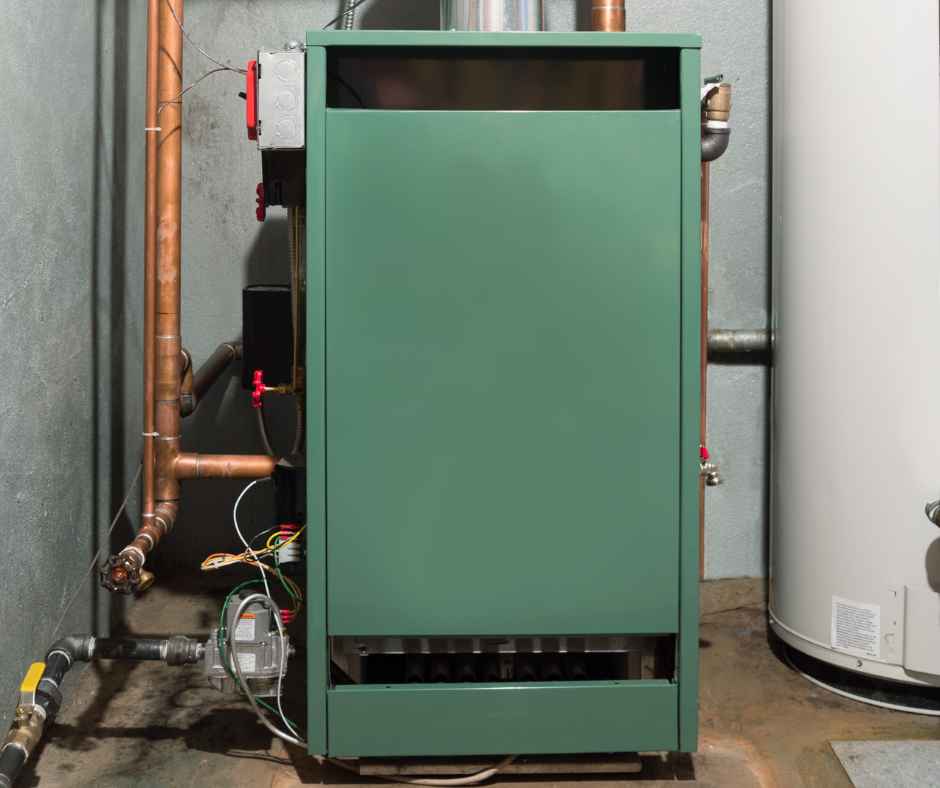Closed: Sun for God + Family time
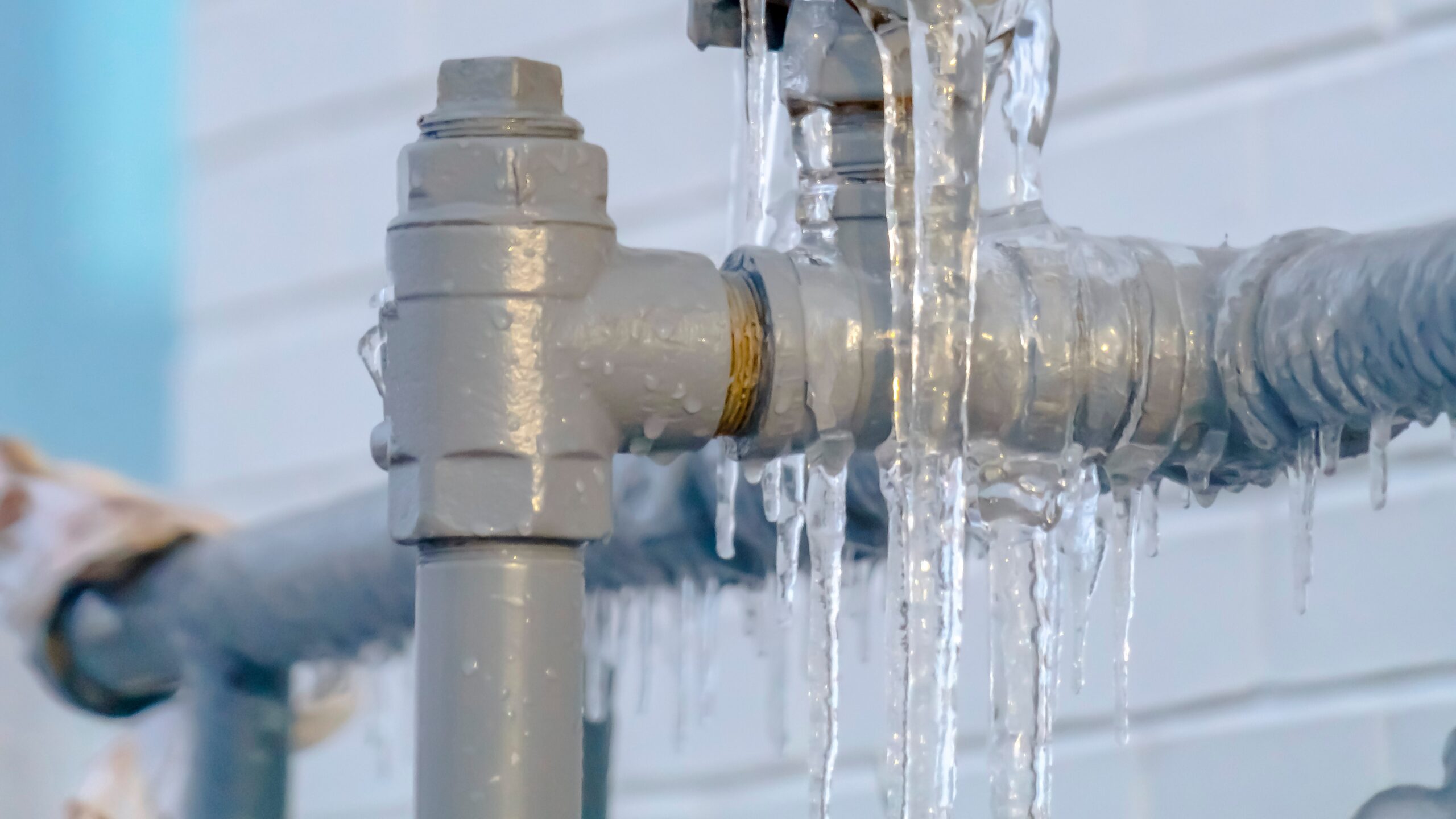
Frozen Pipes: The Signs, The Risks, and Being Proactive
As winter’s icy grip tightens its hold, homeowners face a multitude of challenges to ensure their properties remain comfortable and damage-free during the colder months. One of the most pressing concerns is the vulnerability of plumbing systems to freezing temperatures. Frozen pipes are not only an inconvenience; they can be a homeowner’s worst nightmare, leading to costly repairs, water damage, and disrupted daily life. Understanding the risks and taking proactive measures is essential in safeguarding your home and peace of mind during the cold season.
Understanding the Risks of Frozen Pipes
As winter temperatures plummet and frigid air seeps into the nooks and crannies of your home, your plumbing system faces a very real threat – frozen pipes. Understanding the risks associated with frozen pipes is the first step in effectively safeguarding your home.
How do pipes freeze and why is it a problem?
Pipes freeze when water inside them reaches the freezing point, and as it turns into ice, it expands. This expansion exerts immense pressure on the walls of the pipe, leading to cracks, ruptures, and ultimately, bursts. The havoc that follows includes flooding, structural damage, and costly repairs.
Not only do frozen pipes cause water supply disruptions, but they can also result in damage to fixtures, appliances, and even your home’s foundation. Moreover, the water damage and mold growth that often accompany burst pipes can pose serious health risks and further financial burdens.
The potential consequences of frozen pipes
- Burst Pipes: A pipe burst is a homeowner’s worst nightmare during winter. The sudden and forceful expulsion of water can lead to extensive property damage. The cost of repairs and replacement can be significant, not to mention the hassle and inconvenience it causes.
- Water Damage: Beyond the immediate impact of burst pipes, water damage can persist long after the pipes are fixed. Drenched walls, ceilings, and floors can lead to structural issues and mold infestations. Cleanup and restoration can be both time-consuming and expensive.
The cost of repairing frozen pipes
Repairing frozen pipes can be a costly endeavor. It often involves calling in professional plumbers to locate and repair the affected areas, insulation replacement, and addressing any collateral damage. Additionally, if your home insurance doesn’t cover these expenses, you’ll be left with a significant financial burden. Preventing frozen pipes is not only about preserving your home’s comfort but also about avoiding these unnecessary costs and headaches.
Understanding these risks of frozen pipes serves as a strong motivator for taking proactive steps to protect your plumbing system throughout the winter months.
Winter Plumbing Maintenance
Proper winter plumbing maintenance is the key to preventing the nightmare of frozen pipes.
Insulating exposed pipes
- Types of insulation materials: Various insulation materials are available for protecting exposed pipes. Common options include foam pipe insulation, fiberglass, and heat tape. Understanding the differences and choosing the right one for your specific needs is crucial. (using pool noodles can be a temporary, affordable option!)
- How to insulate pipes effectively: Proper insulation involves covering the entire length of exposed pipes, including corners and bends. Seal gaps in insulation to ensure there are no exposed areas. Pay particular attention to pipes in unheated or poorly insulated spaces like attics, basements, and crawlspaces.
Sealing gaps and cracks in your home
- Identifying areas where cold air can enter: Drafts and cold air infiltration are major contributors to frozen pipes. Check for gaps, cracks, and holes in your home’s walls, foundation, and around doors and windows. These areas can allow frigid air to seep in, putting your pipes at risk.
- How to seal gaps and cracks: Use weatherstripping, caulk, or foam insulation to seal gaps and cracks. Pay special attention to windows and doors, and don’t forget to inspect the areas where pipes enter or exit your home. Proper sealing will not only protect your plumbing but also improve your home’s energy efficiency.
Setting your thermostat
- Maintaining a consistent indoor temperature: Keeping your home at a consistent temperature, especially during cold spells, is vital. Slight fluctuations can affect the vulnerability of your plumbing. Set your thermostat to a minimum of 55 degrees Fahrenheit, even when you’re away, to ensure that your home remains warm enough to prevent frozen pipes.
- Lowering the risk of frozen pipes when you’re away: If you plan to be away from home for an extended period during the winter, don’t turn off your heating system. Instead, lower the thermostat to a temperature that is still above freezing. This will help to avoid frozen pipes while conserving energy.
Drip your faucets
- Why a slow drip can prevent freezing: Allowing faucets to drip slowly, especially in extremely cold weather, helps prevent water from becoming stagnant in the pipes, which can lead to freezing. This simple trick provides relief to your plumbing system by releasing pressure and keeping water flowing.
- Which faucets to drip and when: In particularly vulnerable areas or during severe cold snaps, consider dripping both hot and cold water from faucets on exterior walls. Focus on those farthest from the heating source. Ensure that the drip is slow but steady, as it doesn’t need to be a significant flow to be effective.
By proactively insulating your pipes, sealing gaps in your home, regulating indoor temperatures, and employing the faucet-dripping technique, you’ll significantly reduce the risk of frozen pipes. These measures are essential components of your winter plumbing maintenance routine, ensuring a worry-free winter for you and your home.
Preparing for Extended Absences
While maintaining your plumbing system during the winter is crucial, there are times when you may be away from home for an extended period. In such cases, it’s essential to take specific precautions to protect your plumbing system from the risks associated with freezing temperatures.
Shutting off the water supply
- How to turn off the main water valve: Locate your home’s main water shutoff valve and turn it off. This step is a surefire way to prevent any water from entering your plumbing system. You may also want to consider shutting off the water to specific areas of your home, such as outdoor faucets or unused rooms.
- Draining the water lines: After shutting off the main water supply, open all the faucets in your home to drain any remaining water from the plumbing lines. Be sure to flush toilets as well. This reduces the risk of any trapped water freezing within the pipes.
Asking a neighbor or friend for assistance
- The benefits of having someone check your home: If you plan to be away for an extended period, having a neighbor, friend, or family member periodically check on your home is a prudent step. They can ensure that everything is in order and respond quickly in case of an emergency.
- What to instruct them to do in your absence: Provide clear instructions for your designated helper. They should confirm that the heat is on, and the thermostat is set to the recommended temperature. Instruct them to keep an eye out for any signs of problems, such as leaks, unusual sounds, or unusually high utility bills. Additionally, they should know how to contact you or a local plumber if needed.
By taking these precautions, you can enjoy peace of mind during your extended absence, knowing that your plumbing system is safeguarded from the perils of winter. Preventing frozen pipes in vacant homes can save you from potentially catastrophic damage and costly repairs.
Dealing with Extreme Cold
In some regions, winter temperatures can be extreme, posing a more significant threat to your plumbing system. To combat the harshest of winter conditions, additional measures are often necessary.
Using heating tape or cables
- What heating tape is and how to install it: Heating tape, or heat cables, are electrical devices that emit heat to keep pipes warm. They are especially effective in preventing frozen pipes in vulnerable areas. Install heating tape on exposed pipes following the manufacturer’s instructions. These cables can be used in attics, crawlspaces, and on pipes near exterior walls.
- Safe practices when using heating cables: Ensure that you choose heating tapes that are approved for your specific application and follow safety guidelines diligently. Regularly inspect the cables for damage and address any issues promptly. Never overlap heating tape, as it can lead to overheating and become a fire hazard.
Opening cabinet doors
- How this can help prevent pipes in cabinets from freezing: Pipes located in cabinets beneath sinks are particularly susceptible to freezing, as they are often in contact with exterior walls. Opening cabinet doors allows warm air to circulate around these pipes, reducing the risk of freezing.
- Tips for keeping children and pets safe: If you have children or pets, take care to secure cleaning supplies and other potentially harmful items in cabinets that are left open. Use safety latches or locks to prevent accidents while still allowing the necessary airflow.
Dealing with extreme cold requires an extra layer of protection for your plumbing system. By employing heating tape or cables and opening cabinet doors, you can ensure that even during the coldest of winters, your pipes remain in good working condition, free from the threats of freezing and bursting. These measures provide added assurance that your plumbing system will weather the chilliest of seasons.
Signs of Frozen Pipes
Being vigilant and able to identify the early warning signs of frozen pipes is essential for timely intervention. By recognizing these signs, you can take the necessary steps to thaw your pipes before they burst and minimize potential damage.
Recognizing the early warning signs
- Decreased water flow: If you notice a significant reduction in water pressure or flow from your faucets, it might be a sign that the pipe is starting to freeze. Pay attention to any faucets or fixtures experiencing this issue.
- Strange odors or discoloration in water: When pipes freeze, you might detect unusual odors or see discoloration in the water. This can be due to the accumulation of sediments or materials in the pipe, which could indicate freezing is occurring.
What to do if you suspect frozen pipes
- Thawing pipes safely: If you suspect that your pipes are frozen but haven’t burst, it’s essential to thaw them promptly. Start by locating the frozen section of the pipe, typically found near exterior walls or in unheated areas. Use a gentle heat source, such as a hairdryer, heat lamp, or towels soaked in warm water, to slowly thaw the pipe. Never use an open flame or high heat, as this can damage the pipe.
- When to call a professional plumber: If you’re unable to thaw the pipes yourself or if you’re dealing with a burst pipe, it’s crucial to call a professional plumber immediately. Burst pipes can cause extensive water damage and need expert repair.
Recognizing the signs of frozen pipes and knowing how to safely thaw them can save you from costly repairs and property damage. Being proactive in addressing potential freezing issues can make all the difference in preventing plumbing disasters during the winter months.
—
As winter descends upon us, the importance of safeguarding your plumbing system against the chilling grip of frozen pipes cannot be overstated. The risks and potential consequences are significant, but with proper maintenance, awareness of early warning signs, and a few additional precautions, you can enjoy a worry-free winter.
Share This Story, Choose Your Platform!
Recent News
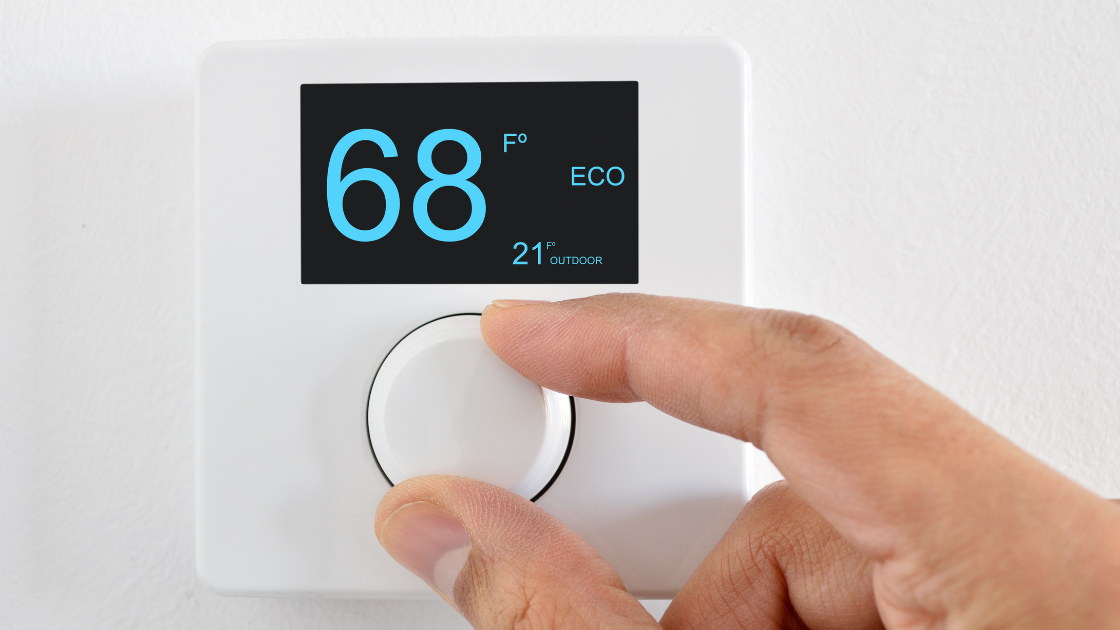
Help! My Heater Won’t Turn Off
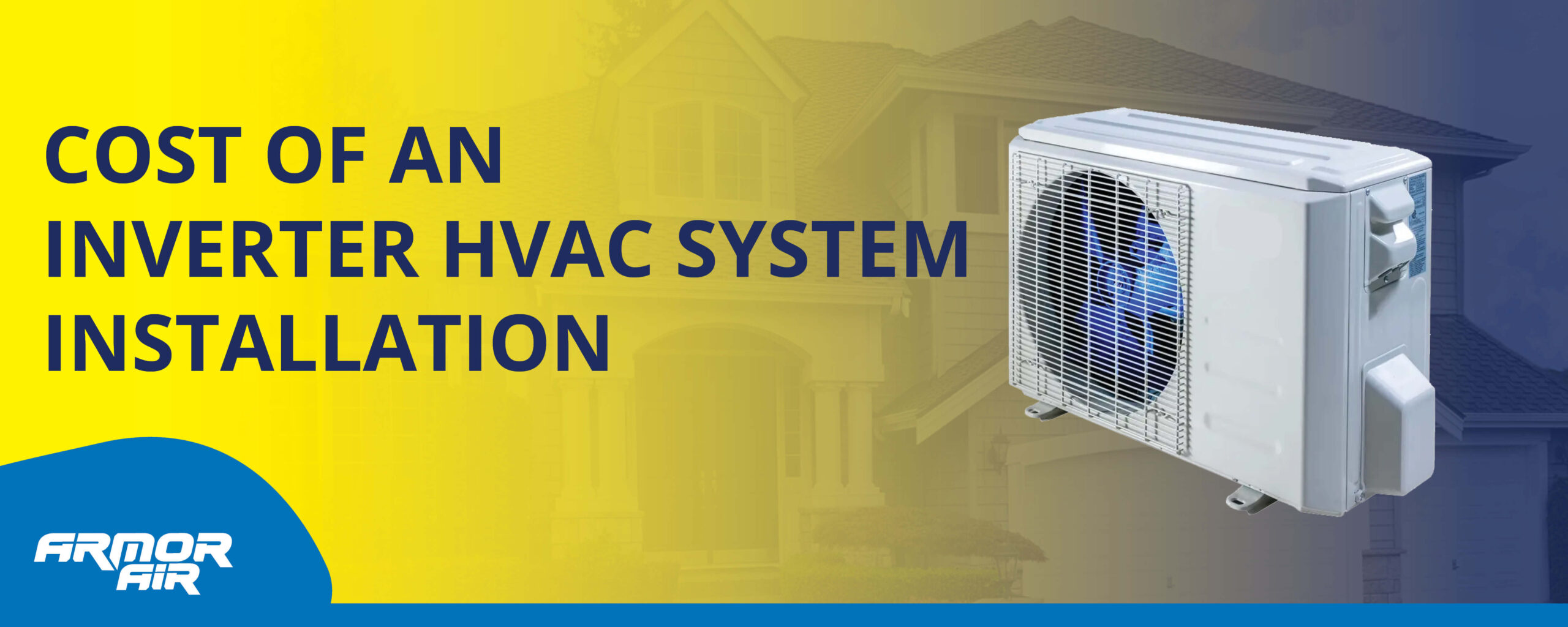
How Much Does an Inverter HVAC System Installation Cost (2025)
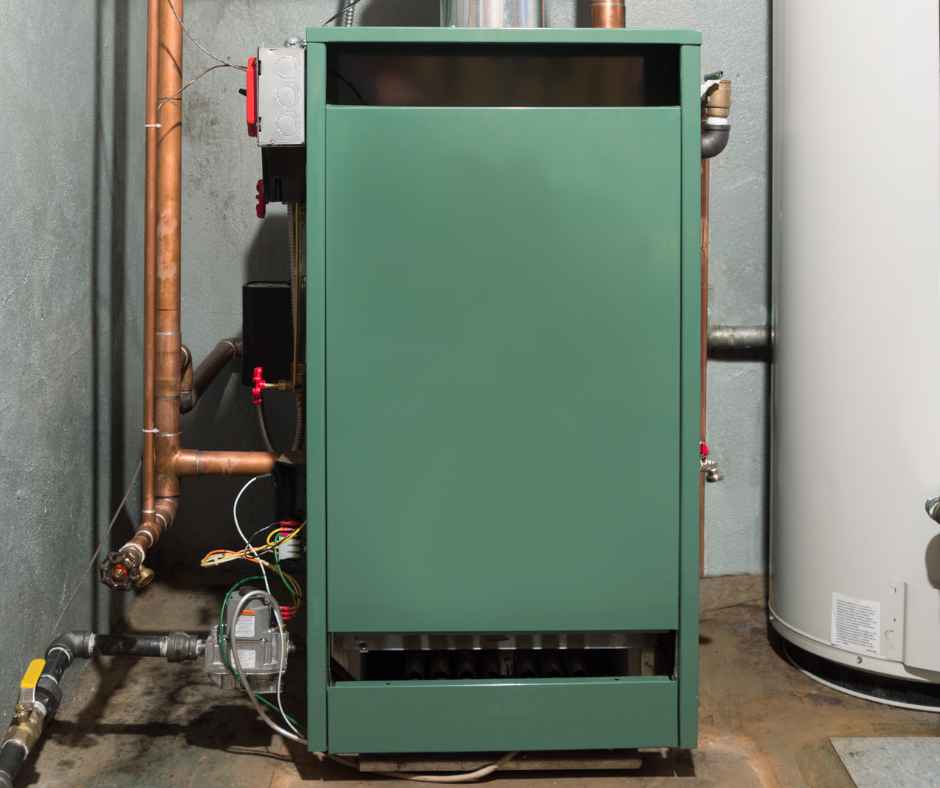
Why Does My Furnace Smell Like It’s Burning?
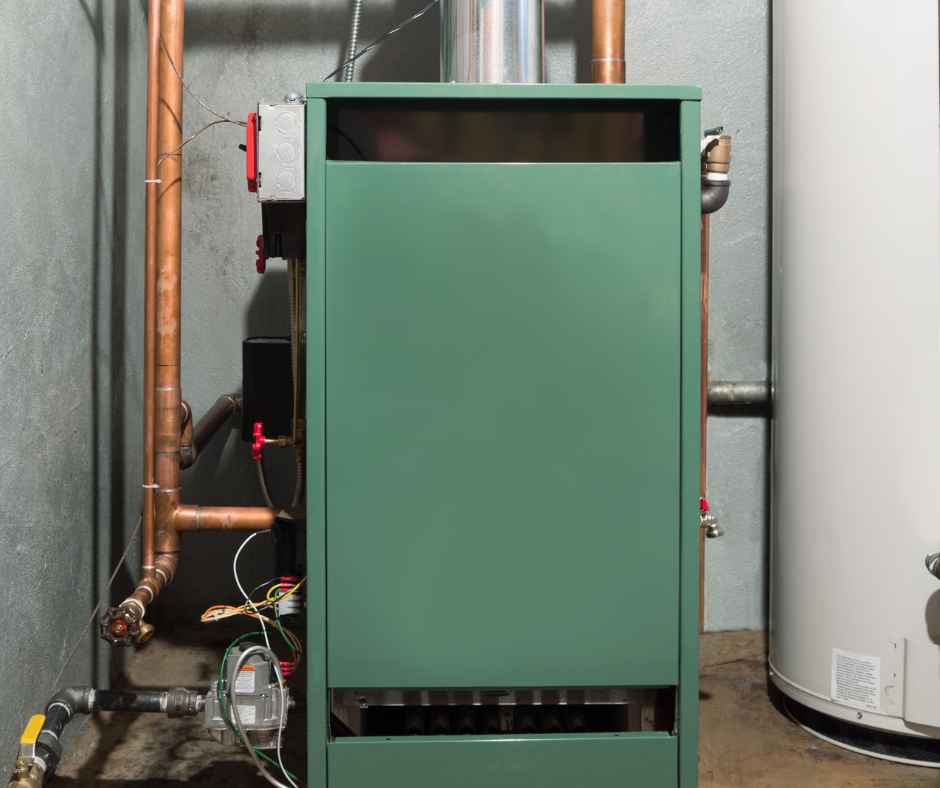
Why Won’t My Heat Turn On?
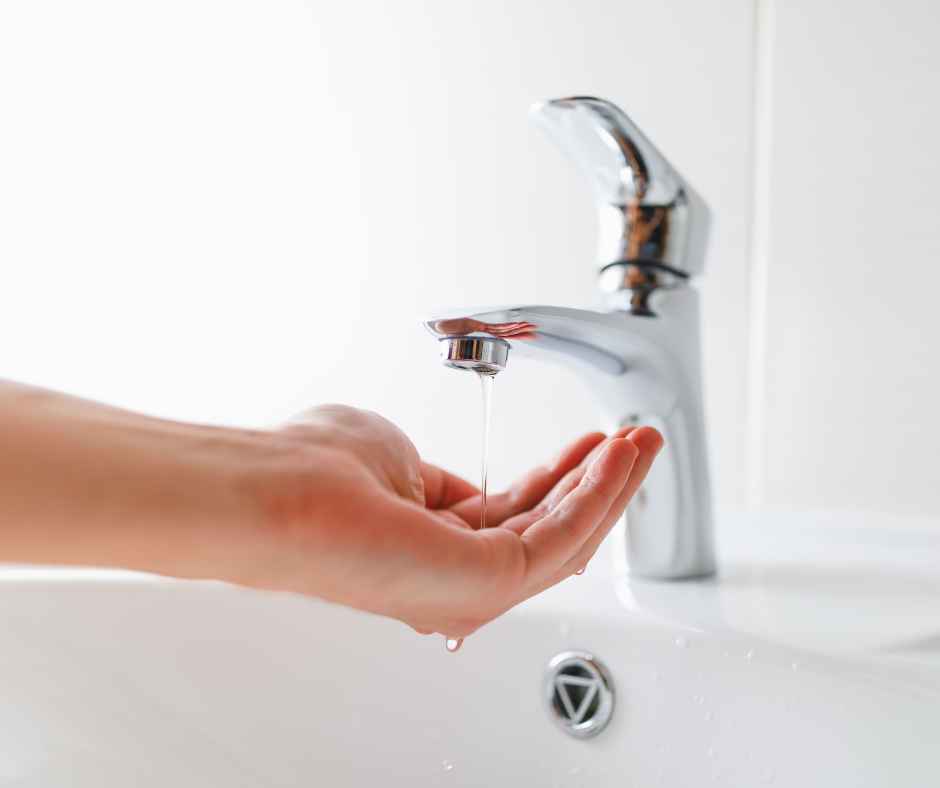
Why is the Water Pressure Low in My House?

Why a Tankless Water Heater Might Be the Best Investment for Your Indianapolis Home?
